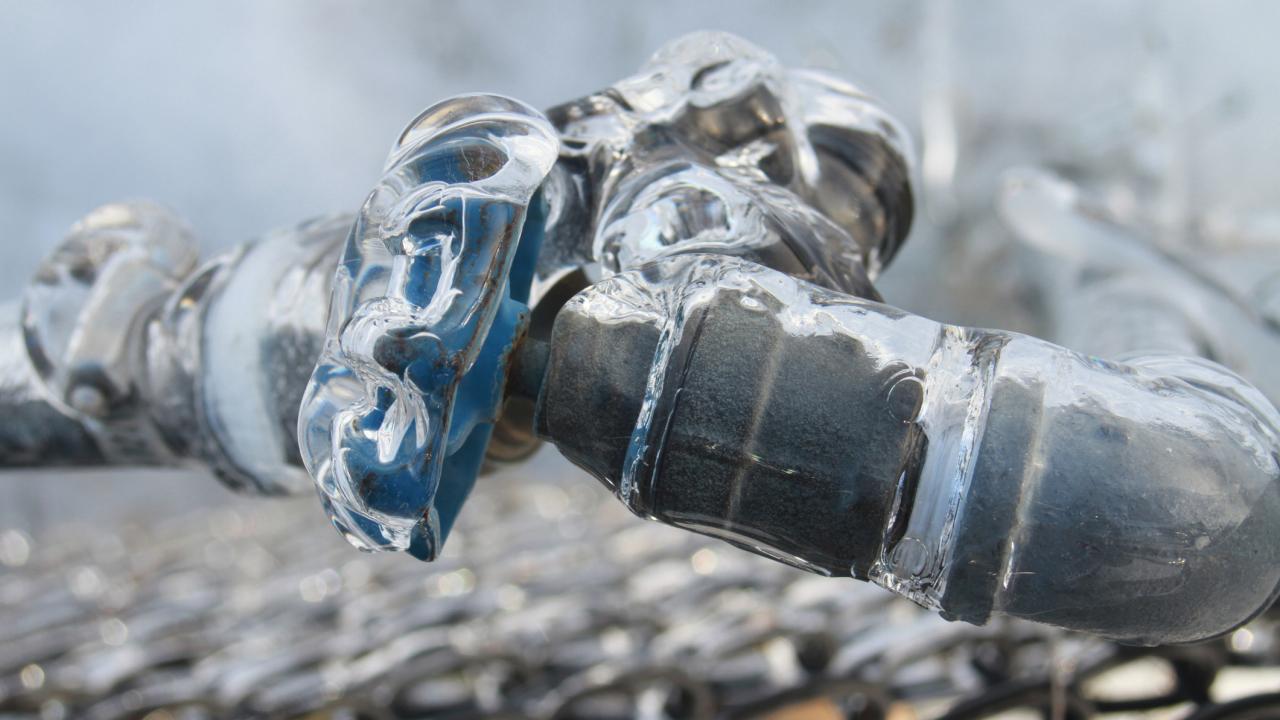Protecting Your Pipes from Cold Weather: Effective Strategies
Protecting Your Pipes from Cold Weather: Effective Strategies
Blog Article
How do you actually feel when it comes to Prevent Frozen Pipes ?

Winter can damage your pipes, particularly by freezing pipes. Below's just how to stop it from happening and what to do if it does.
Intro
As temperatures drop, the danger of frozen pipelines rises, possibly leading to expensive repair services and water damages. Comprehending exactly how to stop frozen pipelines is crucial for property owners in chilly environments.
Understanding Frozen Pipes
What creates pipes to ice up?
Pipes freeze when subjected to temperatures below 32 ° F (0 ° C) for expanded durations. As water inside the pipes freezes, it increases, taxing the pipeline walls and possibly triggering them to break.
Dangers and damages
Frozen pipelines can lead to water disturbances, building damage, and expensive fixings. Burst pipes can flooding homes and cause comprehensive architectural damage.
Signs of Frozen Pipes
Recognizing icy pipelines early can stop them from bursting.
Exactly how to recognize icy pipes
Seek decreased water flow from taps, uncommon odors or noises from pipelines, and noticeable frost on subjected pipelines.
Prevention Tips
Insulating at risk pipes
Cover pipelines in insulation sleeves or make use of heat tape to safeguard them from freezing temperatures. Focus on pipes in unheated or external areas of the home.
Home heating techniques
Keep interior areas properly heated up, particularly areas with pipes. Open cabinet doors to enable warm air to distribute around pipelines under sinks.
Shielding Outdoor Pipes
Yard pipes and exterior taps
Separate and drain pipes garden hose pipes prior to winter. Set up frost-proof spigots or cover exterior faucets with protected caps.
What to Do If Your Pipelines Freeze
Immediate activities to take
If you think icy pipelines, maintain faucets open to eliminate stress as the ice melts. Use a hairdryer or towels soaked in warm water to thaw pipes gradually.
Long-Term Solutions
Structural adjustments
Think about rerouting pipelines away from outside walls or unheated locations. Add additional insulation to attics, cellars, and crawl spaces.
Updating insulation
Invest in top quality insulation for pipes, attic rooms, and walls. Correct insulation aids maintain regular temperatures and minimizes the risk of frozen pipelines.
Final thought
Avoiding frozen pipes requires positive actions and quick feedbacks. By comprehending the causes, signs, and preventive measures, home owners can secure their pipes throughout cold weather.
5 Ways to Prevent Frozen Pipes
Drain Outdoor Faucets and Disconnect Hoses
First, close the shut-off valve that controls the flow of water in the pipe to your outdoor faucet. Then, head outside to disconnect and drain your hose and open the outdoor faucet to allow the water to completely drain out of the line. Turn off the faucet when done. Finally, head back to the shut-off valve and drain the remaining water inside the pipe into a bucket or container. Additionally, if you have a home irrigation system, you should consider hiring an expert to clear the system of water each year.
Insulate Pipes
One of the best and most cost-effective methods for preventing frozen water pipes is to wrap your pipes with insulation. This is especially important for areas in your home that aren’t exposed to heat, such as an attic. We suggest using foam sleeves, which can typically be found at your local hardware store.
Keep Heat Running at 65
Your pipes are located inside your walls, and the temperature there is much colder than the rest of the house. To prevent your pipes from freezing, The Insurance Information Institute suggests that you keep your home heated to at least 65 degrees, even when traveling. You may want to invest in smart devices that can keep an eye on the temperature in your home while you’re away.
Leave Water Dripping
Moving water — even a small trickle — can prevent ice from forming inside your pipes. When freezing temps are imminent, start a drip of water from all faucets that serve exposed pipes. Leaving a few faucets running will also help relieve pressure inside the pipes and help prevent a rupture if the water inside freezes.
Open Cupboard Doors
Warm your kitchen and bathroom pipes by opening cupboards and vanities. You should also leave your interior doors ajar to help warm air circulate evenly throughout your home.

As an avid reader on Helpful Tips to Prevent Frozen Pipes this Winter, I think sharing that section was essential. Kindly take a moment to promote this entry if you enjoyed it. Thank you so much for going through it.
Call Today Report this page